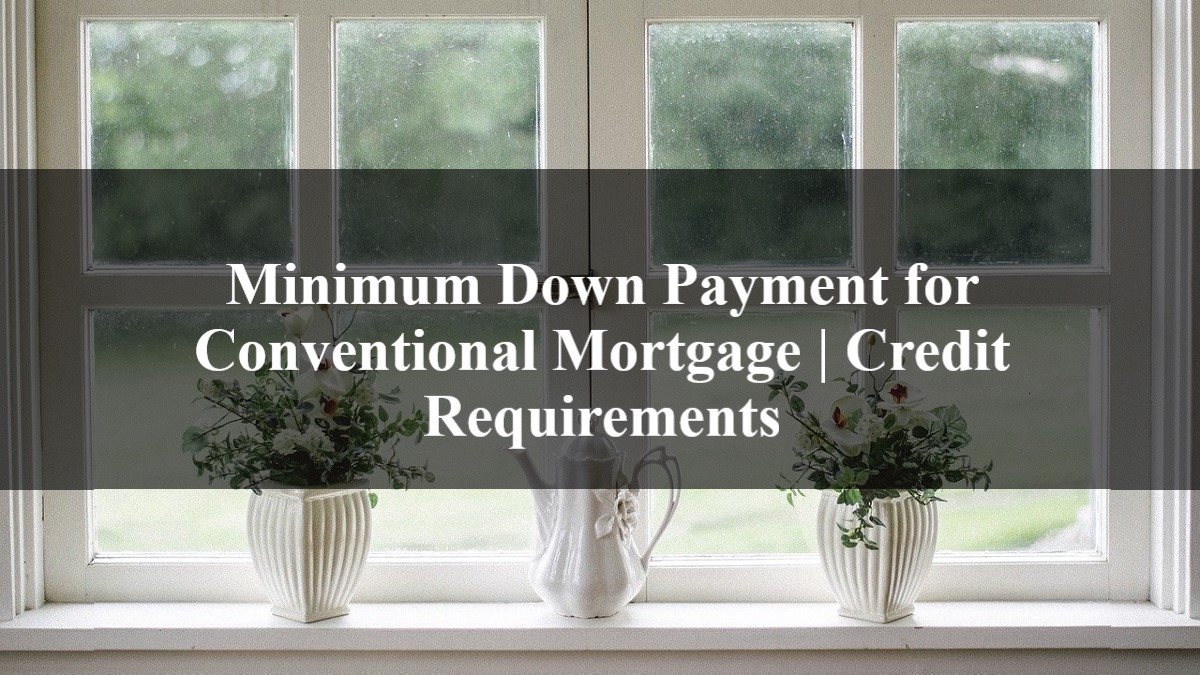Table Of Content
- Ways to save a house down payment
- Closing Costs
- Average Down Payment by State
- What are Alternative Mortgage Lenders?
- WATCH: How to take advantage of future lower rates
- Does your down payment affect your monthly mortgage payments?
- First-Time Home Buyers And Down Payments: 73% Of Buyers Put Down Less Than You Think

In addition, you’ll have that much more instant equity to pull from, plus a lower mortgage insurance premium or the ability to avoid these premiums altogether. For the most common types of mortgages, lenders charge premiums when you put less than 20 percent down. A down payment is the portion of the home purchase the buyer makes in cash upfront, with the rest of the purchase covered by the mortgage. For conventional and FHA loans, a down payment is required to buy a home.

Ways to save a house down payment
With a 30-year fixed-rate mortgage at 7% interest, your monthly mortgage payment would be about $1,796 – excluding taxes or insurance costs. Opting for the bare minimum increases the overall interest you’ll pay over the life of your mortgage. Plus, mortgages with less than a 20% down payment require mortgage loan insurance, which only adds to your expenses. So, you may want to calculate for these scenarios to ensure you’re making the right down payment.
Closing Costs
Offer valid on primary residence, conventional loan products only. Cost of mortgage insurance premium passed through to client effective January 2, 2024. Offer valid only for home buyers when qualifying income is less than or equal to 80% area median income based on county where property is located.
Average Down Payment by State
For conventional loans, paying at least a 20% down payment when purchasing a home removes the need for Private Mortgage Insurance (PMI) payments, which are sizable monthly fees that add up over time. Aspiring buyers typically ask, “Is it best to put 20% down on a house? ” This is a laudable goal as a minimum 20% down payment waives private mortgage insurance (PMI) on conventional loans. However, eligible borrowers can put down as little as 3% but pay additional fees. Many homebuyers, especially first-time buyers, don’t have a 20% down payment.
Calculator FAQ
In her spare time, Miranda enjoys traveling, actively engages in the entrepreneurial community, and savors a perfectly brewed cup of coffee. Start by taking a realistic look at how your down payment will affect how much you pay each month on your mortgage. Take advantage of our convenient mortgage calculator to explore how different down payment amounts can affect your monthly mortgage payment. You may have heard you need to make a 20% down payment to buy a home. Fortunately, 20% down isn’t a requirement for a primary residence. The size of your down payment has a direct impact on the interest rate your mortgage lender sets.
Arkansas First-Time Home Buyer 2024 Programs and Grants - The Mortgage Reports
Arkansas First-Time Home Buyer 2024 Programs and Grants.
Posted: Wed, 27 Mar 2024 07:00:00 GMT [source]
What are Alternative Mortgage Lenders?
A larger down payment will give you a lower loan-to-value ratio, or LTV, may qualify for a lower interest rate, and not require PMI. Down payments commonly range from 3% to 20% of the purchase price. U.S. military service personnel, veterans, and their families can qualify for zero-down loans backed by the U.S. Other benefits include a cap on closing costs (which may be paid by the seller), no broker fees, and no MIP.
WATCH: How to take advantage of future lower rates
For example, you may have to cash in some long-term investments to come up with a down payment, or putting aside money for a home might restrict your retirement or college savings. Whenever you look at the benefits of a large down payment, you should also take into account the opportunity cost of diverting that money from other things. Using up all your savings to increase your down payment can backfire, since buying a new home often means dealing with unexpected expenses. A down payment is the amount of cash you pay upfront when buying a house. If you have 5% of the home price for a down payment, you'll borrow the remaining 95% with a mortgage.
Does your down payment affect your monthly mortgage payments?
These loans require no money down for qualified borrowers for properties that meet USDA’s eligibility rules. A conventional loan down payment could be as little as 3 percent. FHA loans require as little as 3.5 percent, and VA loans and USDA loans have no down payment requirement at all. These funds are deposited into an escrow account managed by a real estate attorney or settlement officer.

First-Time Home Buyers And Down Payments: 73% Of Buyers Put Down Less Than You Think
The nationwide average down payment for a house is 14.4%—an average median of $34,248—during the second quarter of 2023, reports Hannah Jones, an economic data analyst at Realtor.com. The second is based on the minimum percentage you need to put down. For instance, to figure LTV on a $200,000 house with a $40,000 down payment, divide 40,000 by 200,000.
We are compensated in exchange for placement of sponsored products and services, or by you clicking on certain links posted on our site. Therefore, this compensation may impact how, where and in what order products appear within listing categories, except where prohibited by law for our mortgage, home equity and other home lending products. While we strive to provide a wide range of offers, Bankrate does not include information about every financial or credit product or service.
Like FHA’s upfront mortgage insurance premium, USDA and VA loans do have percentage-based guarantee or funding fees that must be paid. These are usually financed into the loan amount, and help protect these programs against loss. 1 Client will be required to pay a 1% down payment, with the ability to pay a maximum of 3%, and Rocket Mortgage will cover an additional 2% of the client’s purchase price as a down payment, or $2,000.
If you do put down less than 20%, however, you will still likely be required to obtain PMI, which can cost 0.50% of your mortgage on average, and keep it until you have at least 20% equity in your house. The 20% down payment rule emerged during the Great Depression, when nearly half of mortgages in urban areas were delinquent. Even as the economy recovered, many lenders still mandated 20% down in the 1950s and 1960s. For a conventional loan, you’ll need to put at least 20% down to avoid PMI. If you put down less than this, you’ll have to pay PMI until your loan has reached 80% of the original home value or you’ve reached the halfway point of your repayment term. Sometimes it’s a low-interest loan or a no-interest loan that you’ll have to pay back.

No comments:
Post a Comment